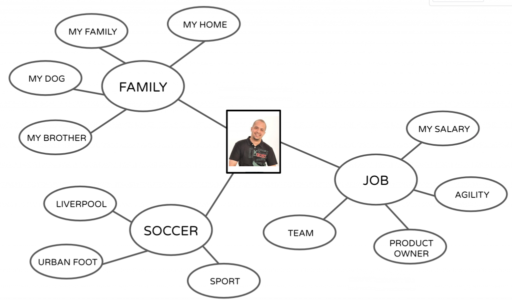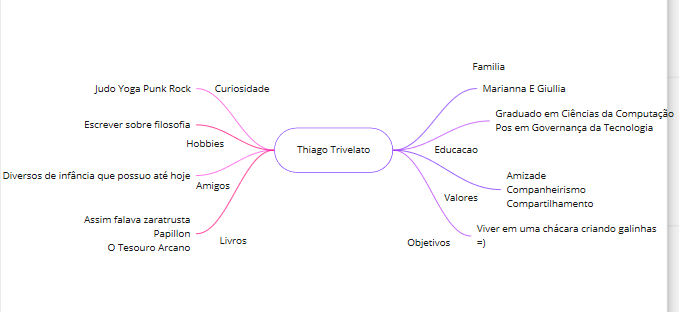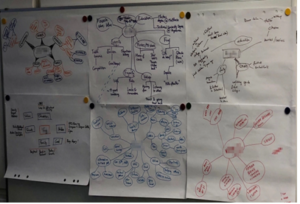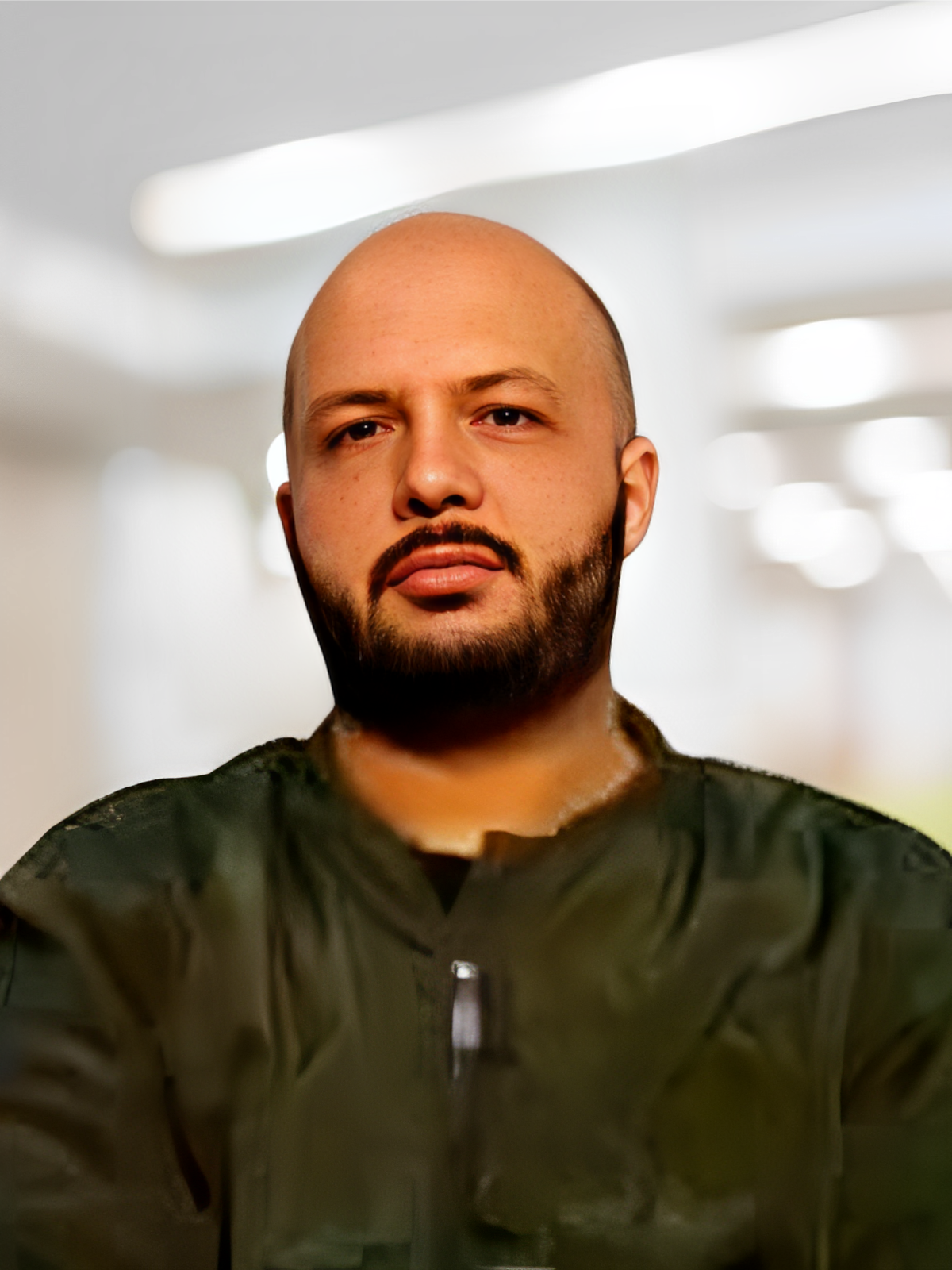Personal Maps

https://management30.com/practice/personal-maps/
Introduction
In today’s corporate scenarios, we often work years at a time with the same people, but without knowing them well enough.
This distance can generate a lack of engagement between the teams, impact the progress of activities and directly interfere with the quality of product delivery. Mainly when dealing with remote or distributed teams.
Getting to know the people we live with significantly improves the levels of collaboration, engagement, communication and creativity, in addition to generating empathy with other team members.
Establishing this proximity allows us to access details of the other person’s life, know their preferences, challenges and projects, whether professional or personal. This leads us to understand the moment of each one’s life and, above all, to eliminate labels and prejudices.
Personal Maps is an excellent retrospective to increase the connection between team members. Light, fun and simple to apply.
As the team evolves and grows, getting to know the people who are part of the team becomes necessary.
The dynamic application of the Personal Maps is valid to connect people and generate team building and use it to increase the team’s energy.
The Personal Maps is a Management 3.0 tool based on personal information, which aims to reduce the personal distance between team members.
The tool is very simple, but it has a powerful effect.
The idea is to build a mental map with each person’s personal information, such as family, education, work, hobbies, values, friends, goals, among others.
Explain the Practice
Initially, it is worth emphasizing that this is a collaborative tool, therefore, it is more efficient when applied with all team members.
To exemplify the applicability of Personal Maps, using a dynamic that I experienced during a Team Building of the team I work. A fantastic experience.
As a facilitator, you must explain over time the concept of personal maps, their applicability and how the proposed dynamic will work.
We started with an energizer, tell me how it is today? How did you get today?
Using a Miro platform, I created several skeletons of personal maps, using a mind map template like the one in the image below:

In collaboration, we defined which themes to explore.
What would you like to know more about each colleague? EX: (Leisure, gastronomy, travel, movies, music, work, etc.)
I created a template for each team member and organized it into a circle, indicating that, when entering the room, they should choose one of the templates and replace the word “name” with their name.
We set a timebox (3 min) and asked people to start their own maps.
They can write and/or draw categories (family, cities, hobbies, music, characteristics, etc.) and pull into those categories related to each of them.
As soon as the timebox ended, I asked everyone to show the drawing, a new timebox given for the next round (2 min).
In this new round, like the people who completed a little more the map that was with them.
I made it clear that I had no definite way of using time.
They write, draw, complete Face Drawing drawings or anything else that enriches the map that was with them.
Why did you decide to use this practice
Our team is growing with new teams and collaborators.
We are a current company that is adopting agile in its work practices.
With the exponential growth of employees, we are generating knowledge déficit.
Each time the team evolves the knowledge and familiarity among the members of the work team decreases.
We carry out Personal Maps with the objective of bringing people closer to the team and increasing the level of knowledge and proximity to the times.
From Personal maps we generate a knowledge base of the team and how it behaves.
How did you use this practice
We use dynamics as an icebreaker in our team building.
*
Icebreaker is a popular term for breaking formalities and relaxing with people around you when it comes to activities and group dynamics, as icebreaker dynamics are popular, fun and full of motivation, helping you to relax as people and providing a better integration of the group or work team.
We held a squad meeting online via teams.
We use the miro app to draw online.
The timebox of the personal maps application was 1 hour in total.

Your learnings as facilitator

After everyone got their maps back, I gave everyone time to review their own maps.
I explained that each one would present their own map, answering some questions such as:
1-) What surprised you the most?
2-) What did you feel when reading your own map?
3-) Was it very different from how you imagined yourself?
The performances were a lot of fun and had a good laugh.
The team ended up being surprised by the amount of things that were known and with the discoveries about some stories and characteristics of some members.
With this dynamic, we were able to make the group more cohesive, creating a pleasant and welcoming environment for learning, making everyone learn and participate more and more.
We generate a sense of family with the team that cannot be replaced.
The teams came closer and everyone left refreshed with a sense of teamwork.
Our goal now is to apply this practice in person, and in this dynamic we will generate a logo for each generated team.
Now that you know the Personal Maps, don’t miss the opportunity to run it together with your team.
You will strengthen the bonds of affection between the team members, in addition to enjoying a lot of fun times.
Oh, and most importantly: adapt the Personal Maps to your context! Creativity always has a place in a retrospective.
And if you’re interested in learning more about tools like this, check out more about Personal Maps Management 3.0.
Tell us what you think here in the comments and, if you decide to run for your team, let us know how it went!
